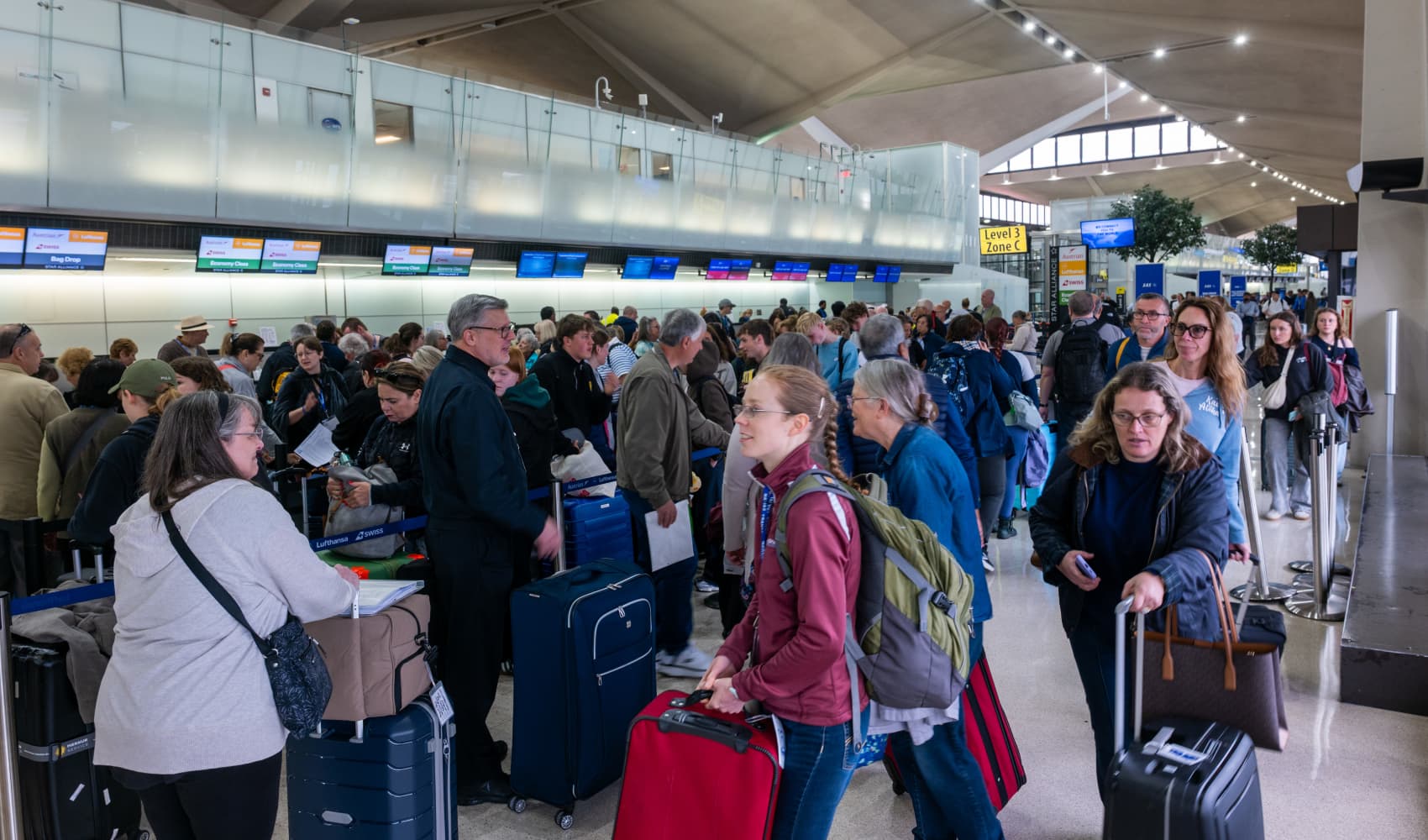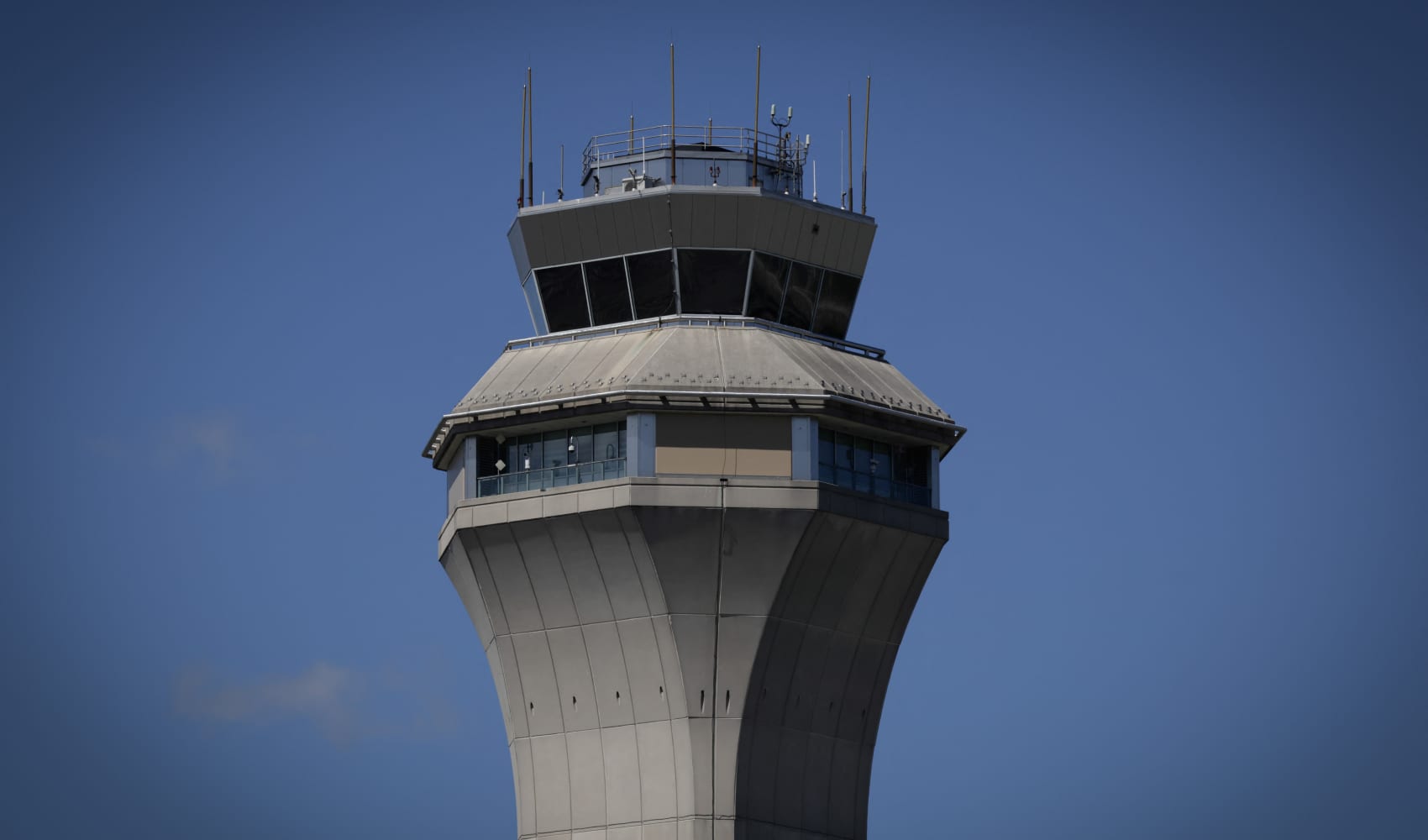Newark Air Control Meltdown: Why It Happened & What's Next
Newark Airport Meltdown: Air Traffic Control Blackout Causes Chaos
Introduction: A Day the Skies Went Silent
Imagine a world where pilots are flying blind, and the voices guiding them safely home suddenly vanish. Last week, that nightmare became a reality at Newark Liberty International Airport, one of the busiest air hubs in the United States. Air traffic controllers, the unsung heroes of the skies, experienced a terrifying communication breakdown, leaving planes unable to connect with the ground and sparking a chain reaction of delays and disruptions. This wasn't just a minor hiccup; it was a stark reminder of the fragility of our aviation infrastructure and the immense pressure faced by the people who keep our skies safe.
The Communication Breakdown: What Happened?
So, what exactly went wrong? According to the air traffic controllers' union, the issue stemmed from a significant equipment failure. While specific details remain under investigation, the core problem was that controllers lost the ability to both see and communicate with aircraft in the airspace surrounding Newark. Think of it like a conductor suddenly losing their baton and the orchestra descending into cacophony. The implications were immediate and widespread.
Equipment Failure: The Technical Details
While the official report is pending, we can speculate on potential causes. Could it have been a server malfunction? A glitch in the radar system? Or perhaps a power surge that crippled critical communication lines? Whatever the root cause, the fact remains that the system designed to prevent chaos in the skies suddenly went dark.
The Human Factor: Stress and Recovery
The Federal Aviation Administration (FAA) acknowledged the severity of the situation, stating that some controllers needed time off to recover from the intense stress of the incident. This isn't surprising. Imagine being responsible for the safety of hundreds of lives in the air, only to have your tools vanish without warning. The psychological toll on air traffic controllers in such situations is immense.
The Ripple Effect: Delays and Disruptions
The communication blackout triggered a massive ripple effect, causing widespread delays and disruptions across the entire air travel network. Planes were held on the ground, flights were diverted, and connecting flights were missed. Passengers were left stranded and frustrated. This wasn't just an inconvenience; it was a significant disruption to the lives and businesses of countless individuals.
United Airlines Cuts Flights: A Preventative Measure
United Airlines, a major hub operator at Newark, announced that it would cut 35 flights from its daily schedule to mitigate future disruptions. This is a proactive step, but it also highlights the severity of the problem. Cutting flights means fewer options for travelers and potentially higher fares.
The Passenger Experience: A Day of Frustration
Let's not forget the passengers caught in the middle of this mess. Imagine arriving at the airport excited for a vacation or an important business trip, only to be told that your flight is delayed indefinitely. The lack of information, the uncertainty, and the sheer frustration can turn a travel day into a nightmare.
Aging Infrastructure: A System Under Strain
The Newark incident shines a spotlight on a larger issue: the aging aviation infrastructure in the United States. Many of the systems used by air traffic controllers are decades old and are increasingly prone to failure. This raises serious questions about the long-term sustainability and safety of our air travel network.
Staffing Shortages: Another Piece of the Puzzle
Adding to the problem of aging infrastructure is the issue of staffing shortages. Air traffic controllers are a highly skilled and specialized workforce, and there simply aren't enough of them to meet the growing demand for air travel. This shortage puts additional pressure on existing controllers and increases the risk of errors.
The Need for Investment: Modernizing Air Travel
It's clear that significant investment is needed to modernize our aviation infrastructure and address the staffing shortages. This includes upgrading outdated equipment, hiring and training new controllers, and implementing new technologies to improve safety and efficiency. Investing in air travel is an investment in our economy and our safety.
The Union's Perspective: A Call for Action
The air traffic controllers' union has been vocal about the need for improvements to the aviation system. They argue that the Newark incident is a symptom of a larger problem and that urgent action is needed to prevent future disruptions. Their voices need to be heard.
Controller Fatigue: A Growing Concern
The union also raises concerns about controller fatigue. With staffing shortages, controllers are often forced to work long hours and handle heavy workloads. This can lead to fatigue, which can impair their judgment and increase the risk of errors. We need to ensure that controllers have adequate rest and support.
Technology Upgrades: A Path Forward
One of the key solutions proposed by the union is to accelerate the implementation of new technologies, such as NextGen, which promises to improve air traffic management and enhance safety. Embracing innovation is crucial to modernizing our air travel system.
Lessons Learned: Preventing Future Meltdowns
The Newark incident serves as a wake-up call. What lessons can we learn from this experience, and how can we prevent similar incidents from happening in the future? It's a complex question with no easy answers, but some key areas need to be addressed.
Redundancy and Backup Systems: A Safety Net
One crucial lesson is the need for redundancy and backup systems. In the event of an equipment failure, there should be alternative systems in place to ensure that air traffic controllers can continue to communicate with aircraft. Redundancy is not a luxury; it's a necessity.
Proactive Maintenance: Preventing Failures
Another important lesson is the need for proactive maintenance. Regular inspections and maintenance can help to identify and address potential problems before they lead to major failures. Prevention is always better than cure.
Conclusion: A Call for Prioritization
The communication breakdown at Newark Liberty International Airport was a serious incident that highlighted the vulnerabilities of our aviation infrastructure. From aging equipment and staffing shortages to controller fatigue, the system is under strain. Addressing these issues requires a concerted effort from the FAA, airlines, and policymakers. We need to prioritize investment in modernization, ensure adequate staffing levels, and support the well-being of air traffic controllers. The safety and efficiency of our air travel system depend on it.
Frequently Asked Questions (FAQs)
- What caused the air traffic control communication issues at Newark Airport?
The air traffic controllers' union reported a significant equipment failure that led to the loss of communication with aircraft.
- What steps are being taken to prevent similar incidents in the future?
The FAA is investigating the incident, and airlines like United are proactively cutting flights. The long-term solution involves infrastructure modernization and addressing staffing shortages.
- How did the communication breakdown affect passengers?
The outage caused widespread delays, flight diversions, and missed connections, leading to significant passenger frustration and disruption.
- What is the role of the air traffic controllers' union in addressing these issues?
The union is advocating for improvements to the aviation system, including technology upgrades, increased staffing, and measures to reduce controller fatigue.
- What can travelers do to prepare for potential flight disruptions?
Travelers should monitor flight statuses, allow extra time for travel, and consider purchasing travel insurance that covers delays and cancellations.


